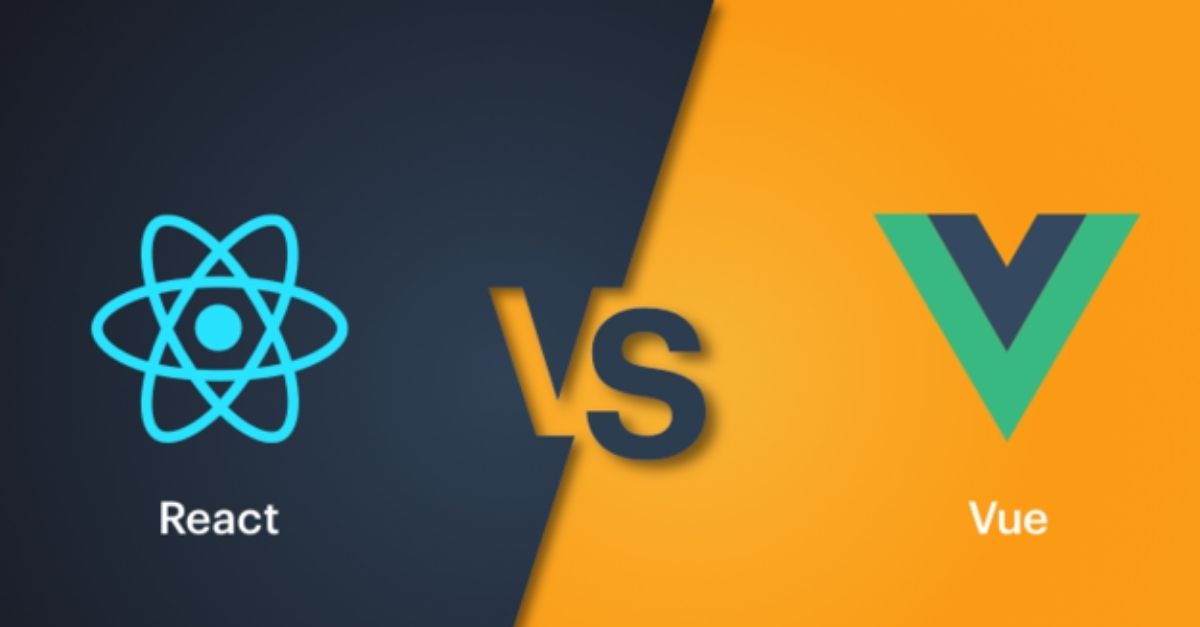Table of Contents
ToggleIntroduction
Building multilingual web apps is no longer optional—it’s essential. As businesses expand globally, the ability to communicate with users in their native language determines engagement, trust, and conversions. Frameworks like React and Vue dominate the front-end development space, but which is better suited for multilingual and internationalized applications?
Let’s dive into the React vs Vue for multilingual web apps debate to help you make an informed choice.
Understanding Internationalization (i18n) in Web Apps
Internationalization (i18n) is the process of designing applications so they can easily be adapted for different languages and regions without requiring code changes. This includes:
- Translating content and UI elements
- Formatting dates, times, number and currencies
- Handling right-to-left (RTL) languages like Arabic or Hebrew
- Supporting cultural nuances and accessibility
There exist strong ecosystems for both Vue and React localization and i18n, but their approaches differ significantly.
React for Multilingual Web Apps
React, developed and maintained by Meta, is one of the most popular JavaScript libraries. Its ecosystem provides multiple libraries for localization and i18n.
Key Advantages of React i18n:
- Rich Ecosystem: Libraries like react-i18next, react-intl, and next – translate make multilingual implementation flexible and powerful.
- Integration with Next.js: For larger adds server-side rendering (SSR) and static site generation (SSG) making it ideal for SEO in multilingual apps
- Scalability: React is often the go-to choice for enterprise-scale multilingual apps due to its modular architecture.
- Community & Resources: Extensive documentation, tutorials, and a global developer community for quick troubleshooting.
Limitations of React:
- Steeper Learning Curve: Developers must choose from multiple libraries and setups, which can feel overwhelming.
- Boilerplate Code: Setting up multilingual support can be more verbose compared to Vue.
Vue for Multilingual Web Apps
Vue is known for its simplicity, ease of learning, and flexibility. Its official i18n library, vue-i18n, is a strong choice for multilingual support.
Key Advantages of Vue i18n:
- Official Support: Vue-i18n is the primary, community-backed solution making it reliable and easier to implement.
- Simplicity: The learning curve is gentler making Vue a good option for teams new to internationalization
- Lightweight: Vue Projects generally require less boilerplate, making setup quicker for smaller multilingual apps.
Performance: Vue’s reactivity system ensures efficient updates across different languages.
Limitations of Vue:
- Less Enterprise Adoption: Vue is popular among startups and mid-sized projects, but less common in large-scale enterprises.
- Smaller Ecosystem: While improving, Vue’s ecosystem is smaller compared to React, which might limit advanced use cases.
React vs Vue: Which One is Better for Multilingual Apps?
Here’s a closer comparison based on different scenarios:
- For Large-Scale Projects: React is usually the better option due to its scalability, enterprise adoption, and integration with frameworks like Next.js.
- For Startups and MVPs: Vue’s simplicity and official Vue-i18n support make it faster to set up and maintain.
- For SEO-Friendly Multilingual Sites: React with Next.js has a clear edge due to SSR and SSG capabilities.
For Teams with Mixed Skill Levels, Vue is easier to onboard developers with limited internationalization experience.
The Future of Multilingual Web Apps
With the rise of AI-powered translation tools, machine learning-driven personalization, and global accessibility standards, frameworks are adapting quickly. Both React and Vue are building stronger i18n ecosystems to meet the growing demand for language diversity in web apps.
React’s continued dominance in large-scale enterprise projects and Vue’s rapid adoption in agile startups mean both will remain strong contenders. The “best” framework ultimately depends on your project’s scale, team expertise, and localization needs.
React vs Vue: So what’s Right for you?
When it comes to React vs Vue for multilingual web apps, there’s no rulebook that works for all.
If you’re building a large, scalable, SEO-friendly multilingual project and want a vast ecosystem with long-term enterprise support, React might be the better choice. On the other hand, if you’re focusing on simplicity, faster development, and smaller to mid-sized multilingual apps, then Vue might be a more prudent choice
At the end of the day, both frameworks can deliver outstanding multilingual experiences—it’s all about matching the right tool with your project’s goals.
FAQs
1. Why is internationalization (i18n) important for web apps?
Internationalization ensures your app can be adapted to multiple languages and cultures, improving accessibility, user trust, and global reach.
2. Which is better for SEO in multilingual apps: React or Vue?
React (with Next.js) is better for SEO since it supports server-side rendering and static site generation, which are crucial for multilingual search optimization.
3. Is Vue easier to use than React for multilingual support?
Yes, Vue with vue-i18n is generally easier to set up compared to React, which offers multiple libraries and requires more configuration.
4. Can both React and Vue handle right-to-left (RTL) languages?
Yes, both frameworks can handle RTL languages like Arabic and Hebrew with proper configuration and CSS support.
5. Which framework is best for large projects with multilingual needs?
React is typically the better choice for large, enterprise-level multilingual projects due to its scalability, ecosystem, and community support.
Check out our latest Blog Posts Below!

